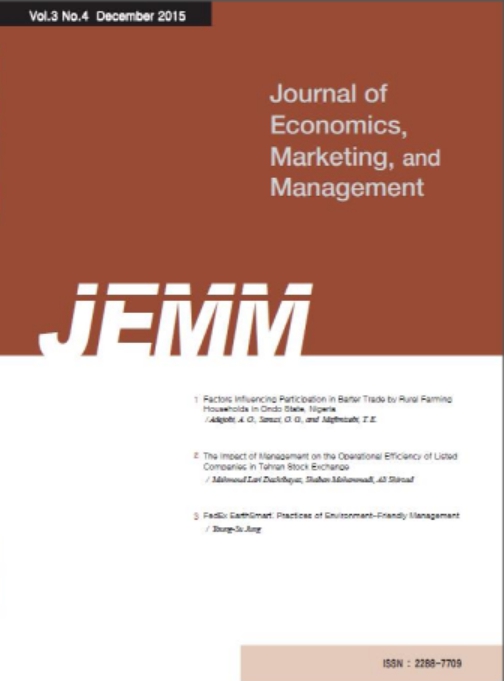- Log In/Sign Up
- E-ISSN2288-7709
- KCI
 E-ISSN : 2288-7709
E-ISSN : 2288-7709
Abstract
Purpose: This paper aims to suggest ways to apply the leading technologies of Industry 5.0 to the housing welfare field, tasks for this, and policy implications. Research design, data, and methodology: The analysis method of this study is a literature study. The analysis steps are as follows. Technology trends and characteristics of Industry 5.0 were investigated and analyzed. The following is a method of applying technology 5.0 in the industrial field. Finally, the application areas of each technology and the challenges to be solved in the process were presented. Results: The results of the analysis are 1) the accessibility and diffusion of technology. This means that all citizens have equal access to and use of the latest technology. To this end, the appropriate use of technology and the development of a user-centered interface are needed. 2) Data protection and privacy. Residential welfare-related technologies may face risks such as personal information leakage and hacking in the process of collecting and analyzing residents' data. 3) Stability, economic feasibility, and sustainability of the technology. Conclusions: The policy implications include: 1) Enhancing technology education and promotion to improve tech accessibility for groups like the low-income, rural areas, and the elderly, 2) Strengthening security policies and regulations to safeguard resident data and mitigate hacking risks, 3) Standardization of technology, 4) Investment and support in R&D.
- keywords
- Industry 5.0, Housing Welfare, Human-centricity, Sustainability, Resilience
- Downloaded
- Viewed
- 0KCI Citations
- 0WOS Citations













